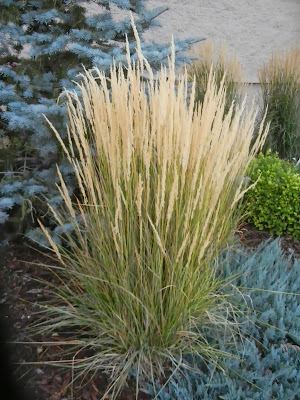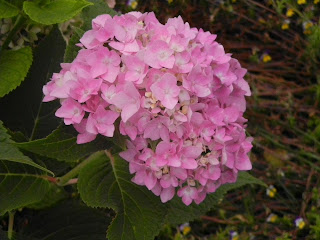Beyond Jack-o-Lanterns--What To Do With Pumpkins

So your garden yielded more pumpkins than you needed for Jack-o-lanterns this year. What do you do with the extra ones now that Halloween is over? My son thinks they are great for target practice, but I have a more practical use for them. Pumpkins are very nutritious. They are high in vitamins A & C, potassium, antioxidants, and fiber. They can be used to make pumpkin muffins, pumpkin cookies, and of course, pumpkin pie. I've even been known to substitute pumpkin for the squash in butternut squash soup, and the flavor was great. When it comes to preserving pumpkin, I prefer freezing over canning. Home canning can't create the same, thick pureed pumpkin you get with commercially canned pumpkin. Instead the recommendations are to peel and cube raw pumpkin and can it that way. Too much work for me. Instead, I bake pumpkin like I would squash. When the flesh is soft, I scoop it out of...


.jpg)








.JPG)
